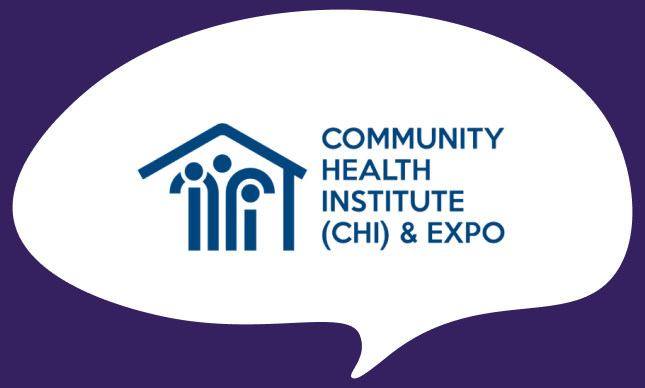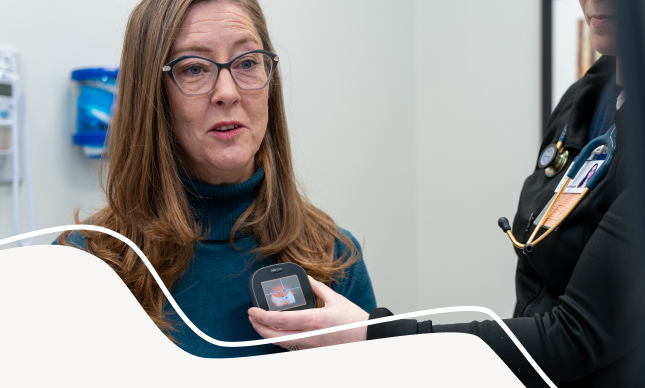TytoCare sees opportunity to bust open pediatric telehealth market
Jeff Cutler, who has just opened the U.S. headquarters for TytoCare in New Jersey, probably would have wished for an easier time for his Health 2.0 debut. The device he planned to demo at the digital health conference got tied up in customs, prompting him to draw comparisons with another regulator it is waiting on to assess the device for approval – the FDA. In the meantime, the Israeli telehealth device company has attracted an interested group of pediatric practices and children’s hospitals keen to see how they can integrate it into their respective organizations. Cutler recently joined the company as Chief Revenue Officer from Vitals where he was executive vice president of business and corporate development.
The device, which the FDA is in the process of reviewing for 510(k) clearance, contains seven different types of exams – mouth and throat, skin, heart, lungs , eye, and ear exams. Although Cutler said it will make the device available to the mass market, it will also work with pediatricians across their physician practices and hospitals – specifically in the acute care realm. There are few companies that are approaching digital devices as a way to support pediatric telemedicine in this way. As far as how the device would be integrated into clinical use, Cutler explained two approaches: either with a remote clinician in a video interaction or as a store and forward model. The user could transmit data from the device to the physician. The company also allows for integration into electronic medical records, according to its website. At least one physician at the conference expressed some concern that the device would oversimplify the nuances of a physical exam, glossing over tests that aren’t yet as quick and efficient. One asked how physicians or consumers using the device would factor in throat cultures for strep throat that would take more time than a digital exam. Cutler said it is working with providers to figure out how to integrate the device into their practices, along with a pricing model. It’s also eyeballing specialties beyond pediatric such as cardiology, Ear Nose and Throat and dermatology. When asked why there’s been so much focus on pediatrics, Cutler said the instant gratification of seeing an image of their ear or throat was compelling for kids. “It makes it interesting for them. In usability testing, moms love it. The device can also help with continuity of care.” Cutler said if it gets a greenlight from the FDA, it expects to roll out the device in the first quarter of 2016. Read Original Article


